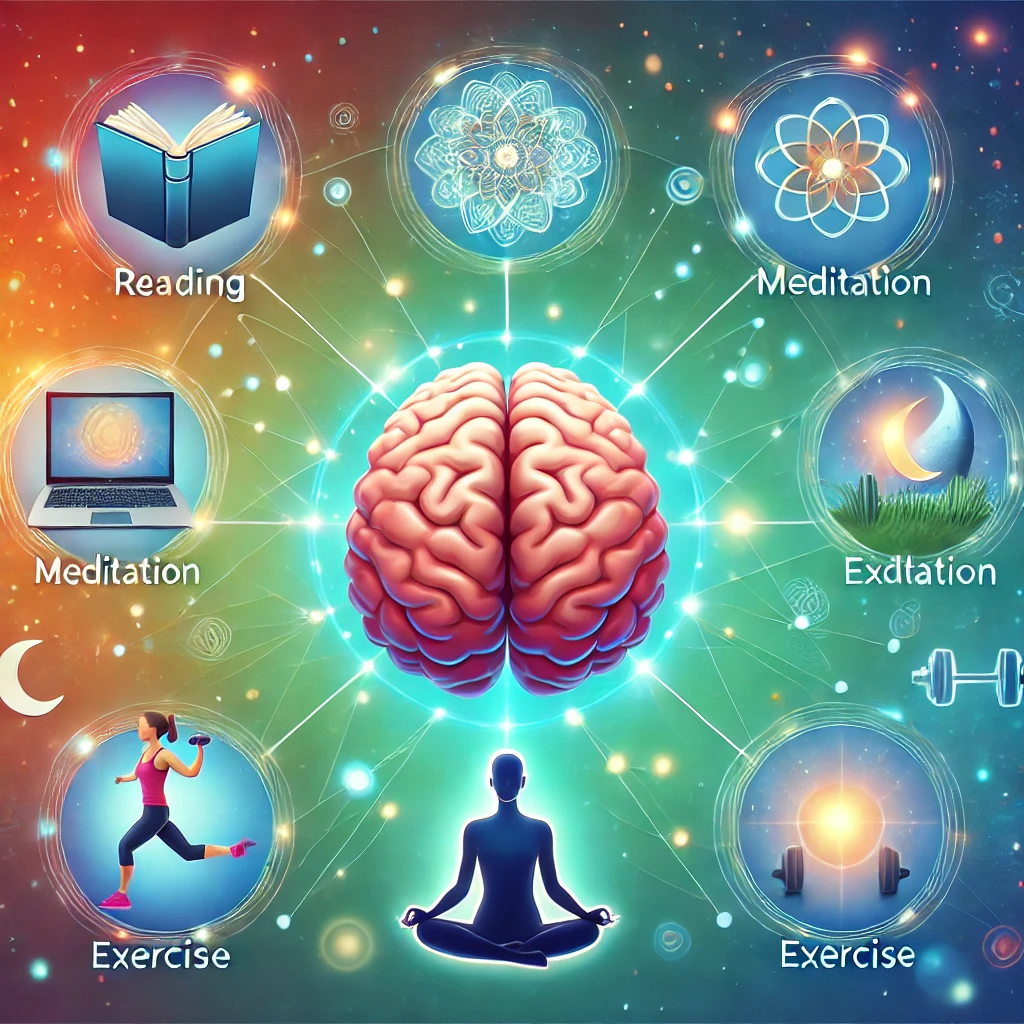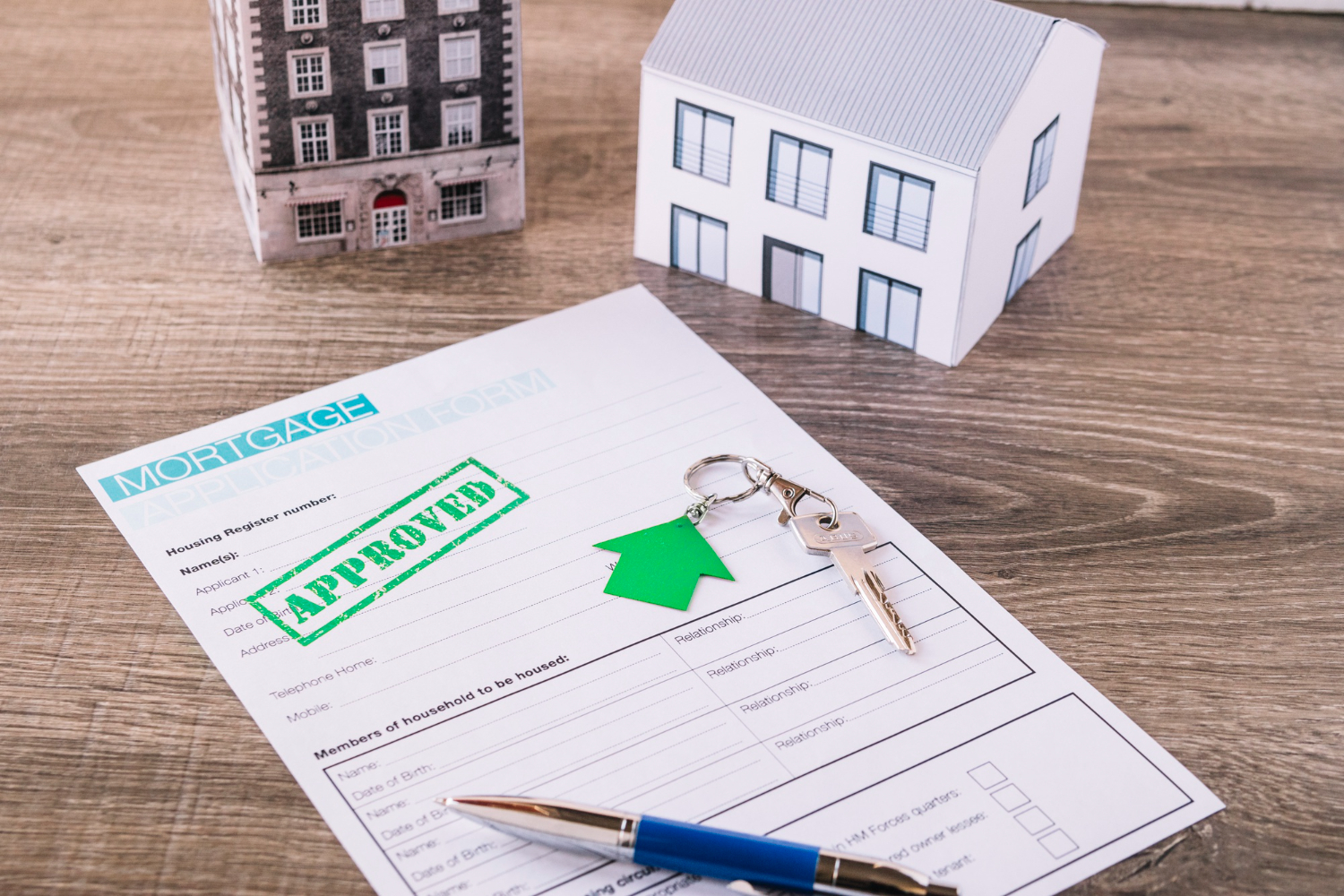In today’s fast-paced world, learning is a continuous process, and evaluating your knowledge is key to maintaining growth. Whether you’re a student, professional, or lifelong learner, knowing how to test your knowledge and identify learning gaps is essential for making progress. In this article, we’ll explore strategies to self-assess your understanding and practical tips to recognize areas where you may need improvement. Let’s dive in!
Why Testing Your Knowledge Is Crucial
To grow in any field, you need more than just learning; you also need regular self-evaluation. Testing your knowledge ensures you’re on track, highlights your strengths, and reveals areas that require further attention. Without this, it’s easy to misjudge your progress and miss critical details that are essential for mastery. Testing keeps you grounded, allowing you to adjust your learning methods before it’s too late.
The Relationship Between Knowledge and Learning Gaps
Learning gaps occur when there’s a discrepancy between what you know and what you need to know to achieve a particular goal. These gaps can develop over time, especially if you aren’t regularly testing your knowledge. Recognizing and addressing these gaps early prevents them from becoming major obstacles in your learning journey. By identifying these gaps, you can tailor your study or practice sessions to focus on the areas that will have the greatest impact.
Strategies to Test Your Knowledge Effectively
There are numerous methods to assess how well you know a subject. Here are some of the most effective techniques:
1. Self-Quizzing
Quizzing yourself is one of the simplest and most effective ways to test your knowledge. This method works because it forces your brain to retrieve information, strengthening your memory and revealing weak spots in your understanding.
- Tip: Create flashcards or use quiz apps like Anki or Quizlet for various subjects. They allow for spaced repetition, helping you retain information over time.
2. Practice Tests and Mock Exams
Taking practice tests replicates the pressure of real exams and gives you a benchmark of where you stand. By simulating exam conditions, you can experience both the content and the timing constraints, giving you a better understanding of your preparedness.
- Tip: Regularly take these practice tests under timed conditions to get an accurate feel of the exam situation. Analyze your mistakes afterward to target specific knowledge gaps.
3. Explaining Concepts to Others
The Feynman Technique is a brilliant way to solidify your knowledge. By attempting to explain a concept in simple terms to someone else, you’ll quickly identify areas where your understanding is shaky.
- Tip: Try explaining a complex topic to a friend or even to yourself. If you stumble while trying to simplify it, that’s a clear sign you need to review that area more thoroughly.
4. Using Online Platforms
Many platforms, such as Khan Academy or Coursera, offer quizzes, interactive lessons, and assessments that can be used to test your knowledge in real-time. These platforms can track your progress and adapt lessons to target your weaknesses.
- Tip: Take advantage of these platforms to access real-world problems, assessments, and challenges in your field of study.
5. Journaling What You’ve Learned
Writing down what you’ve learned not only solidifies the information but also helps to reflect on what you need to improve. Keeping a learning journal allows you to track your progress, highlight recurring challenges, and recognize patterns in your understanding.
- Tip: After each study session or class, write a summary of what you covered and note any topics that seemed unclear. Revisit those unclear topics during your next study session.
6. Use Reflection Questions
Asking reflective questions about what you’ve learned or about a recent project can help identify learning gaps. For example, questions like “What did I find most challenging?” or “Which areas did I spend the most time on?” can point out areas where more focus is needed.
- Tip: Make reflection a habit. Set aside time after every major learning experience to ask yourself what went well and where you struggled. This habit builds self-awareness and helps prevent small gaps from growing into larger problems.
Common Types of Learning Gaps
Understanding the types of learning gaps you may encounter can help you target them more effectively. Here are some common learning gaps:
1. Knowledge Gaps
This is the most obvious type. It occurs when you simply don’t have the required information to understand or complete a task. If you’re unaware of certain key facts, formulas, or concepts, you’ll struggle to move forward.
2. Skills Gaps
Sometimes, you may understand the theory but lack the practical skills to apply it. For example, knowing how an equation works is different from being able to solve a real-world problem using that equation.
3. Cognitive Gaps
These gaps occur when your ability to process and understand information isn’t aligned with the demands of the material. It may be that the information is too complex, or you haven’t developed the cognitive strategies (like critical thinking) needed to engage with the subject.
4. Attitudinal Gaps
Attitudinal gaps happen when your mindset or beliefs hinder learning. You may struggle because you lack confidence in your abilities, feel overwhelmed by the subject, or believe you can’t learn it, even though you’re capable.
How to Identify Your Learning Gaps
Identifying your learning gaps is the first step to overcoming them. But how do you spot them effectively?
1. Review Past Performance
Look at your past test results, assignments, or performance reviews. Where did you consistently lose marks or struggle? These areas likely represent a learning gap.
- Tip: Identify patterns in your mistakes or weaknesses across multiple subjects or topics. This will give you clues about the specific types of learning gaps you need to address.
2. Ask for Feedback
Sometimes we’re too close to a problem to see it clearly. Asking for feedback from teachers, mentors, or peers can provide an outside perspective on where you might be struggling. Be open to their suggestions and use this input to adjust your learning strategies.
- Tip: Don’t hesitate to ask for detailed feedback. General feedback can be helpful, but it’s the specific comments that will allow you to pinpoint exact learning gaps.
3. Compare Your Knowledge to Standards or Goals
If you have clear benchmarks (such as learning objectives, exam requirements, or professional competencies), comparing your current knowledge against these standards can help reveal where you’re falling short.
- Tip: Break down each goal or standard into smaller, manageable components, and assess your knowledge or performance in each area individually.
4. Mind Mapping
Creating a mind map of what you know on a topic can highlight missing connections or areas of misunderstanding. A visual representation of your knowledge allows you to see gaps you might not notice otherwise.
- Tip: Begin by writing down a broad concept in the center and branch out with specific details or related concepts. Areas with fewer branches are often where your gaps lie.
Overcoming Learning Gaps
Identifying learning gaps is only half the battle. Once you know where your weaknesses are, it’s time to work on closing them.
1. Focus on Active Learning
Passive learning methods like reading or watching videos can help introduce concepts but are not always effective for retaining information. Active learning involves engaging with the material, such as solving problems, discussing concepts, or applying knowledge in real-life situations.
2. Break Down Complex Topics
If a topic seems overwhelming, break it down into smaller, more manageable chunks. Study one chunk at a time before moving to the next. This approach prevents you from becoming overwhelmed and helps ensure deeper learning.
3. Set Targeted Learning Goals
Once you’ve identified your learning gaps, set specific, achievable goals to address them. For example, if you know you struggle with a particular math concept, set a goal to solve five problems related to that concept every day.
4. Seek Extra Help
If your gaps are particularly wide or difficult to bridge, don’t hesitate to seek help. Tutors, additional courses, or online resources can provide the support you need to fill in the missing knowledge.
You Can Also Read : How to Develop Specialized Knowledge in Your Field
The Role of Continuous Learning
In our rapidly changing world, continuous learning is essential. By regularly testing your knowledge and identifying learning gaps, you ensure that you’re always moving forward. The more consistently you assess your understanding, the better equipped you’ll be to succeed in your academic, professional, or personal learning journeys.




